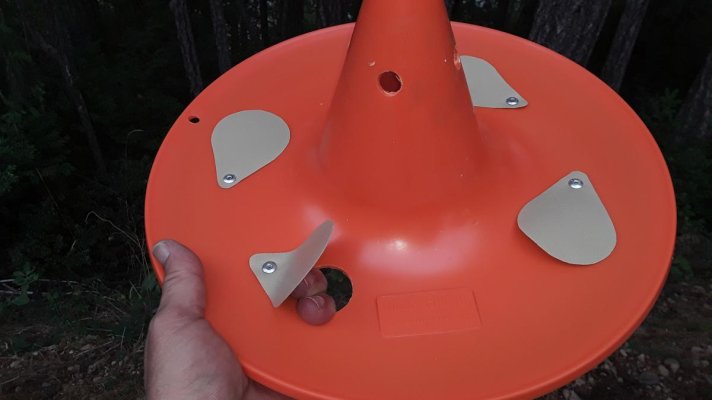Over-redundancy and complexity
mvweebles and Hippocampus,
So why are today's bluewater cruisers more complex compared to the "old days?"
Not trying to be too cheeky here, but it's almost as if the more computer chips you have onboard, the more redundancy you need. Is it because they just aren't trusted or reliable?
Reading all these threads over the years it would seem that most Nordies, KKs, Flemings and similar have two autopilots, four electronic charts (including laptops, iPads, MFDs, etc.), three or more VHFs, etc. List goes on and on.
Thousands of vessels have crossed the Pacific back and forth with zero microchips onboard. Old radars with transistors inside, or maybe even vacuum tubes for all I know. A single Wood Freeman autopilot. Paper charts.
for all I know. A single Wood Freeman autopilot. Paper charts.
Modern electronic components are wonderful and make life easier, but people tend to forget that there is a difference between what is wanted versus what is actually needed.
mvweebles and Hippocampus,
So why are today's bluewater cruisers more complex compared to the "old days?"
Not trying to be too cheeky here, but it's almost as if the more computer chips you have onboard, the more redundancy you need. Is it because they just aren't trusted or reliable?
Reading all these threads over the years it would seem that most Nordies, KKs, Flemings and similar have two autopilots, four electronic charts (including laptops, iPads, MFDs, etc.), three or more VHFs, etc. List goes on and on.
Thousands of vessels have crossed the Pacific back and forth with zero microchips onboard. Old radars with transistors inside, or maybe even vacuum tubes
Modern electronic components are wonderful and make life easier, but people tend to forget that there is a difference between what is wanted versus what is actually needed.


